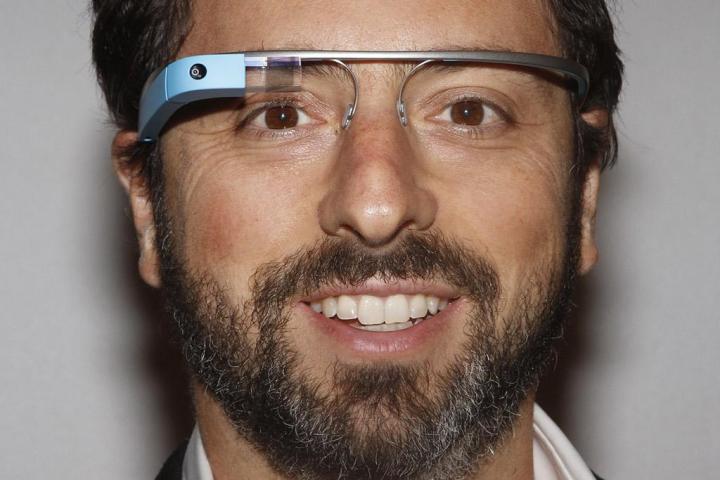
Integrated into the popular blogging software using a new plugin developed by Weber Shandwick, bloggers that utilize the self-hosted version of WordPress can now use Google Glass to post media directly to their blog. Potentially ideal for live events, the wpForGlass plugin will post both photos and video to the blog. Regarding upload times, photos are uploaded and posted to the blog in a couple seconds. Videos typically require a couple minutes to post to the blog depending on the network connection in the area as well as the size of the video file. In addition, media is routed through Google servers first before being uploaded to WordPress.
Conceptually, using Google Glass to upload media could be faster than using tools like a smartphone or tablet. In addition to reducing the number of steps to post photos and video, Google Glass users may also be in a better position to record something sudden, such as a great play during a live sporting event. For the time being, this type of plugin could come in handy at large trade shows like CES 2014 when legions of tech bloggers are checking out the latest gadgets.

The plugin does have some limitations at the moment, though. For instance, there’s no voice dictation option that would allow bloggers to add a note to go along with the photo or video. However, multi-author blogs could have a staff member standing by to post commentary about each photo and video that’s uploaded to the blog.
In an interview with Mashable, Weber Shandwick SVP of technology innovation Ozzy Farman said “It doesn’t support voice commands yet, but it’s in the pipeline. That is something we hope to have up and running by the time Google Glass officially launches.” Weber Shandwick has made the open-source plugin available on github, thus anyone interested in tinkering with the code can attempt to improve on the plugin.


